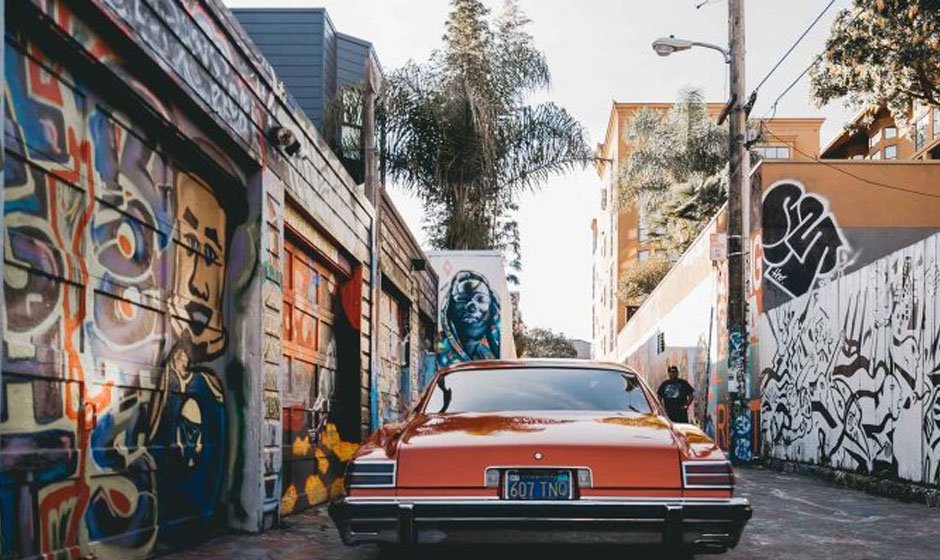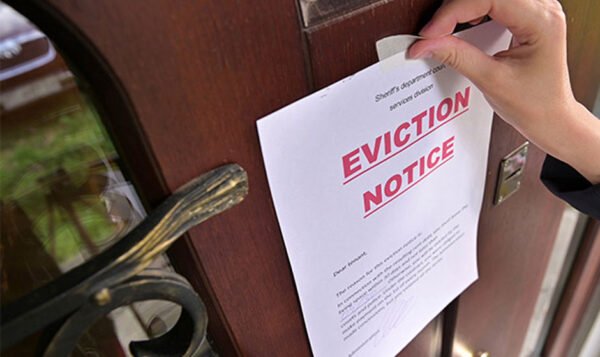Proven Strategies for Reliable Graffiti Removal

Table of Contents:
- Key Takeaways
- The Significance of Graffiti
- Graffiti Removal Challenges
- Effective Removal Techniques
- Prevention and Community Efforts
- Conclusion: Towards a Graffiti-Free Community
Key Takeaways:
- Understanding the balance between street art and vandalism is crucial for effectively managing graffiti removal.
- Adopting eco-friendly and surface-appropriate graffiti removal methods protects both property and the environment.
- Community involvement and preventative measures are integral to maintaining clean, graffiti-free public spaces.
The Significance of Graffiti
Graffiti stands at the intersection of art, personal expression, and property rights, presenting a unique challenge to city officials, property owners, and residents. Some view it as an art form that adds character and vibrancy to urban environments, while others see it as vandalism that must be swiftly addressed. Addressing this issue requires a balance—a need for quick and reliable graffiti removal that respects both the art and the law.
Graffiti Removal Challenges
Removing graffiti isn’t as simple as applying a coat of paint to cover it up. Different surfaces react differently to removal methods; the wrong approach can damage the underlying material or incomplete removal. Safety and environmental considerations also play a crucial role; harsh chemicals that remove paint may harm public health and the ecosystem. Therefore, finding a removal strategy that is both safe and effective is paramount.
Effective Removal Techniques
The proper approach to removing graffiti often depends on the surface material and the type of paint used. For porous surfaces like brick or concrete, power washing or sandblasting techniques can be effective but may require special treatments to prevent damage. Chemical removers and gentle scrubbing might be better approaches for non-porous surfaces like metal or glass. Implementing eco-friendly graffiti removal strategies has also gained popularity, as they minimize environmental impact while maintaining effectiveness.
Eco-Friendly Solutions
Advancements in technology have made way for eco-friendly graffiti removal products that are less abrasive and harmful to the environment. Biodegradable solutions help dissolve paint without toxic chemicals, maintaining the integrity of the surface and the safety of nearby vegetation and wildlife. These solutions represent a significant step forward in sustainable city maintenance and reflect a growing awareness of environmental responsibilities.
Prevention and Community Efforts
While removal is an important aspect of handling graffiti, prevention is equally essential. Educational programs, community outreach, and the provision of legal art spaces can deter illegal tagging and promote a sense of communal respect for shared spaces. Encouraging property owners to apply anti-graffiti coatings, which make future removals easier and less damaging, can be a practical measure to prevent vandalism.
Engaging with Artists
One of the most effective ways to prevent unwanted graffiti is by engaging directly with the artists who create it. By involving street artists in beautifying the community through legally sanctioned murals and street art collections, cities can transform potential vandals into contributors to urban art culture. Moreover, such initiatives give artists a platform to showcase their work legitimately and can enhance the vibrancy and attractiveness of neighborhoods.
Conclusion: Towards a Graffiti-Free Community
Ultimately, the goal is to find harmony between removing unwanted graffiti and appreciating street art as a legitimate form of urban expression. Balancing swift, eco-conscious removal techniques with proactive community engagement strategies can foster environments that celebrate art while maintaining clean, welcoming public spaces. Through this careful balance, cities can thrive both culturally and visually, without the unwelcome blemish of vandalism.



